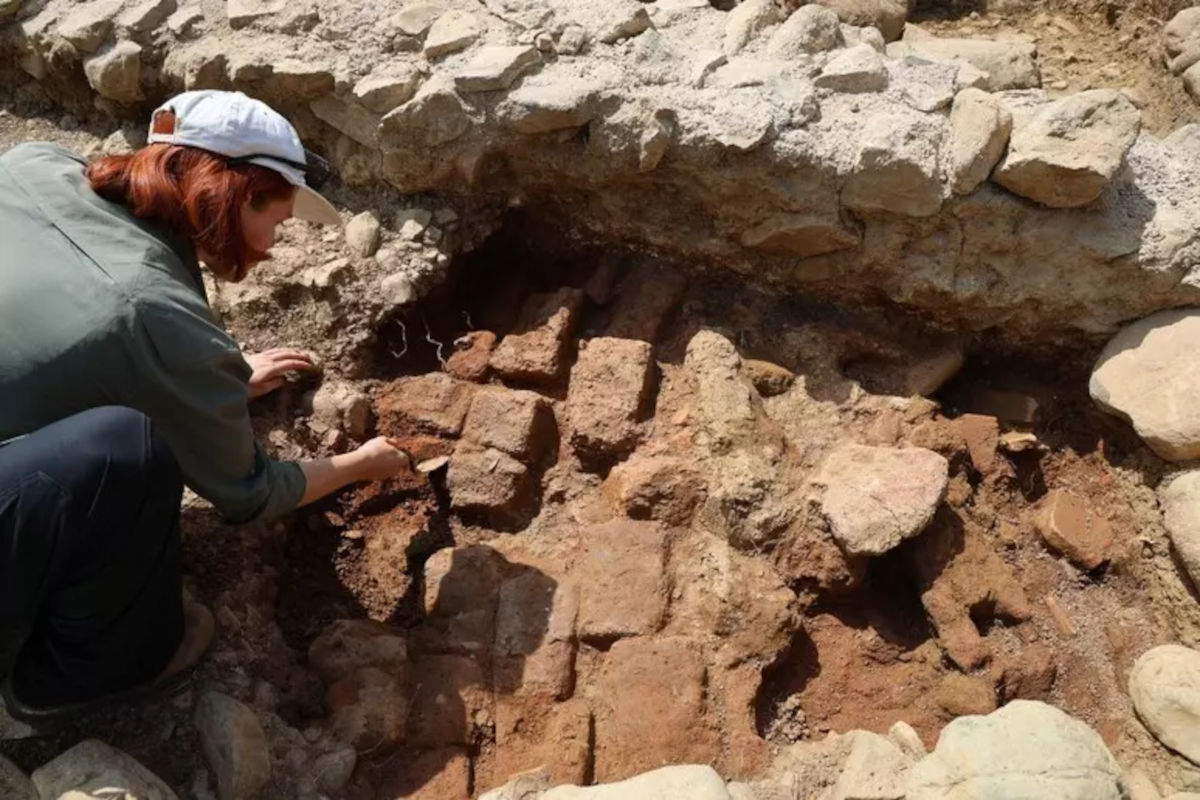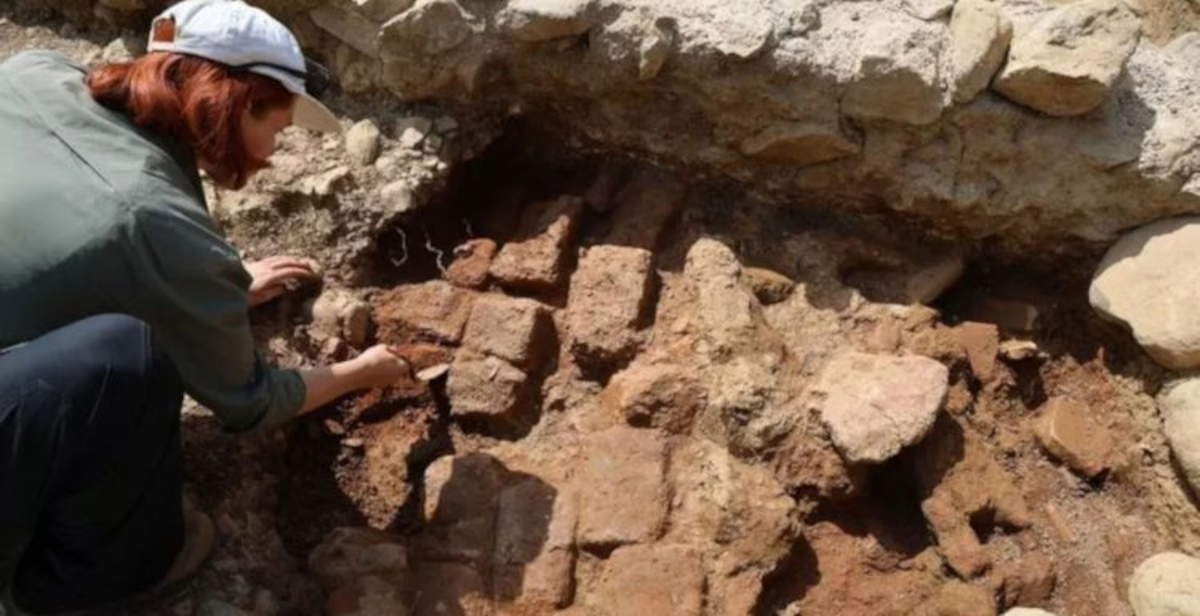An Etruscan-era kiln, which is quadrangular in shape and has a well-preserved cooking surface, has resurfaced at the archaeological site of Coriglia, in the municipality of Castel Viscardo, Umbria. The area is located a few kilometers from Orvieto, in an area already the focus of scholarly attention for the 2024 discovery of a Roman-era mansio. The find sheds a different and broader light on the earliest phases of occupation of the site, suggesting productive use of the area as early as Etruscan times. The kiln is easily recognizable by the red coloration of the bricks and clay, direct evidence of prolonged exposure to heat and the functional role the structure played. Archaeologists involved in the project emphasize how this discovery represents an unprecedented piece in the history of the complex, offering clues to a past that predates its already known function as a rest stop in Roman times.
“Until now, Etruscan evidence here was sporadic,” says Silvia Simonetti, the archaeologist in charge of the excavations, “now, however, we can attest with certainty to the existence of a pre-Roman production area, which dates the activities of this place to at least the Hellenistic age. We were lucky: a gap in the Roman-era road surface allowed us to excavate below, revealing the structure. Otherwise, overlays often completely obliterate Etruscan pre-existences. We still don’t know exactly what was being produced, but the discovery confirms that already in Etruscan times this area was used for clay processing.”

The mansio, identified during previous excavation campaigns, was a structure designed to accommodate travelers and animals, located at a strategic point on the Roman road system. The settlement stood along the Via Traiana Nova, a key artery for connections in central Italy, and near the Paglia River. The logistical and receptive function of the mansio is consistent with the descriptions contained in the Tabula Peutingeriana, a medieval copy of a Roman road map that documented the main routes of the Empire and the related rest stops. Previous investigations had already returned a substantial body of material: some 350 coins, numerous bronze and terracotta objects, and a ring bearing the inscription “Roma.” Finds that confirmed the intensity of the site’s frequentation in the imperial age, linked to mobility and traffic-related activities along the consular road. In any case, the discovery of the kiln introduces a different historical perspective: even before the site was occupied by a Roman mansio, it could have hosted a production settlement related to the processing of ceramic materials.
“Probably,” argues archaeologist Simonetti, “we have found the first kiln in the area. The indispensable elements, such as clay, water and communication routes, were not lacking here then or now. The mansio was developed on an artificial terrace overlooking the valley, about 600 meters away from the present riverbed. The excavation forces us to revise our knowledge and greatly expands Coriglia’s potential. New campaigns and an extensive approach will be needed to deepen the stratigraphy and unravel the many outstanding questions.”
The link between the unearthed kiln and the current territorial context is particularly relevant. Castel Viscardo is still known for the production of terracotta, an activity that represents one of the area’s excellent crafts. The discovery of a production structure from the Etruscan period therefore reinforces the hypothesis of a technical and cultural continuity in the working of clay, rooted in a millennia-old tradition.
 |
| Etruscan kiln discovered at Coriglia in Umbria: the productive past of the Orvieto area resurfaces |
Warning: the translation into English of the original Italian article was created using automatic tools. We undertake to review all articles, but we do not guarantee the total absence of inaccuracies in the translation due to the program. You can find the original by clicking on the ITA button. If you find any mistake,please contact us.